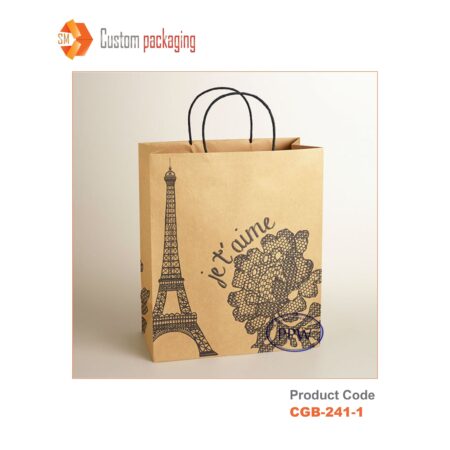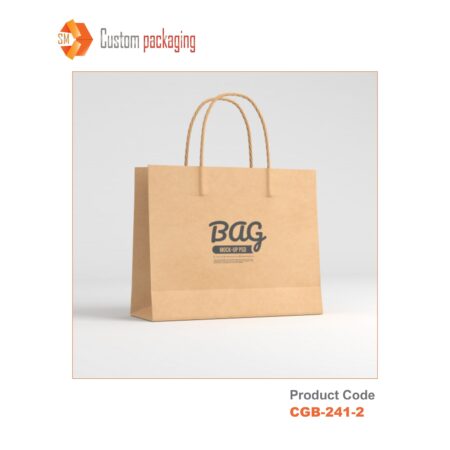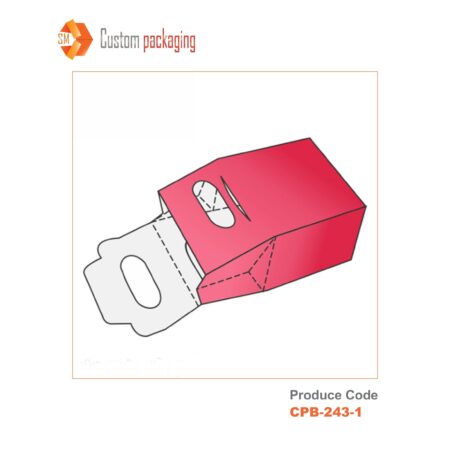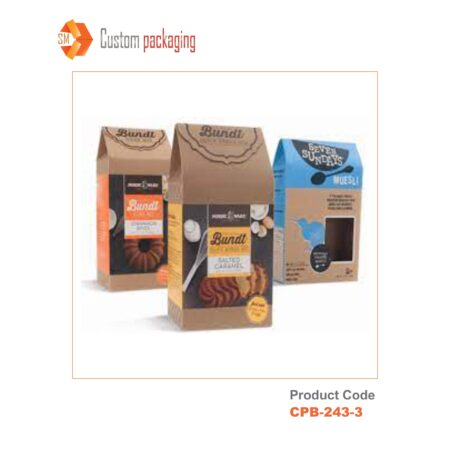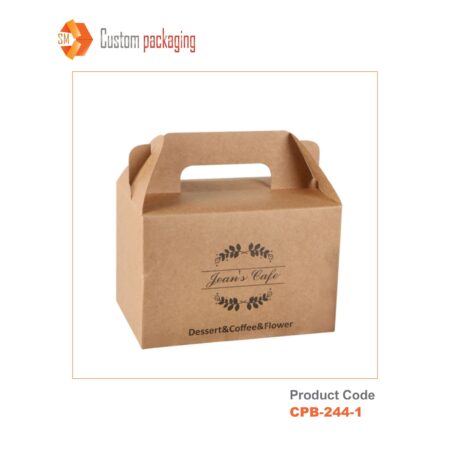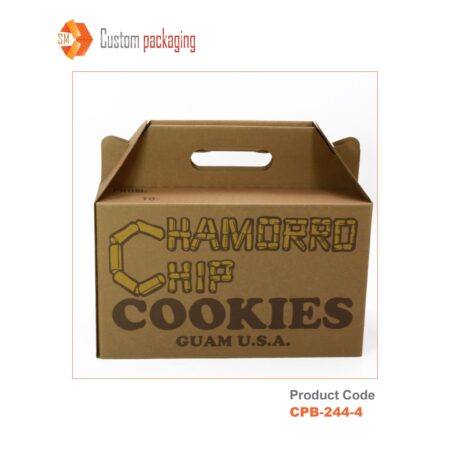Customize paper bags
Paperboard boxes are prefabricated industrial boxes mainly used for packaging products and materials and recycled. Paperboard may refer to a broad range of heavy paper-like materials, such as card stock, corrugated fiberboard, or paperboard. The word’s definition can vary depending on the context, material, structure, and personal preference.
Kraft paper is used to make standard brown paper bags. Totes-style paper bags, such as those used in department stores and as gift bags, can be made from any form of paper and in any color. Paper bags can be made from recycled paper, and specific local regulations require that bags contain a certain amount of post-consumer recycled material. Their advantages are:
- Kraft boxes are recyclable and biodegradable.
- These are eco-friendly, and they’re moderately priced.
- For the packaging of food items such as pizzas, it is non-toxic.
- Provides hardness and rigidity, as well as resistance to wear and tear.
Coating paper bag:
A mild degree of fastness distinguishes the coated paper tote bag. Coated paper has higher whiteness and gloss than uncoated paper. The printing and advertisement effects are also excellent. Designers have a wide range of images and color blocks to choose from. Coating the coated paper’s surface with a glossy or matte lamination makes it moisture-proof and sturdy and makes it look more fragile.
Single Layer Paper:
A single sheet of paper is used in paper shopping bags, brown paper bags, bakery bags, paper bread bags, and other light-duty bags. There are several different types of constructions and designs to choose from. Most have the names of stores and brands written on them. Waterproof paper bags are not available. There are three types of paper bags: laminated, twisted, and flat tap. Although the laminated bag isn’t fully waterproof, it has a layer of protection outside.
Multi-Layer Paper:
Bulk materials such as fertilizer, animal feed, sand, dry chemicals, flour, and cement are often transported in multiwall (or multiwall) paper sacks. Many of them have several layers of sack papers, including a written outer layer and inner plies. As a water repellent, insect resistant, or rodent shield, some paper sacks have a plastic film, foil, or polyethylene coated paper sheet in between.
Paper Bags are divided into Two Types:
- Open mouth bags and valve bags, a tube of paper plies with the bottom end sealed, are known as an open mouth jar. The bag is filled through the open mouth and then stitched, taped, or adhered shut.
Valve sacks are loaded through a valve with both ends closed. The cement sack is an excellent example of a valve bag.
Paper bags can easily be recycled. Recycling is made more difficult by plastic or water-resistant coatings or layers. Paper bag recycling is achieved by re-pulping recycled paper and pressing it into the desired shapes.
Paper bags have the following Advantages:
- Paper bags are biodegradable, reusable, and recyclable in their entirety. The majority of eco-friendly bags are made of materials that are readily decomposed by bacteria and other microorganisms. As a consequence, they take less time to decay into more straightforward types.
- For mass manufacturing, these boxes are handy. Aside from the other advantages of using paper bags, one of the main reasons for their environmental friendliness is that they help save many resources. It is typically made of locally available materials, which reduces shipping costs and energy consumption. This is why you must assist the paper bag manufacturers.
- Cost-effective and budget-friendly.
- These are gathered from several raw materials. Paper bags have a huge environmental advantage because they are crafted from unbleached, recycled brown craft paper, which is ideal for reusing natural resources, saving electricity, and minimizing greenhouse gas emissions. As a business owner, you might enlist the support of a leading printing company in Mumbai and use printed paper bags to promote your brand in style. To sum up, there is no question that you must follow more environmentally friendly methods to save our world. Using paper bags is one excellent way to do so. As a result, it is past time for you to transition to environmentally friendly paper bags.
- It’s ideal for composite and printing applications.
- Many paper bags are more pressure or weight-resistant than plastic bags.
- Paper bags are less likely to harm infants, children or animals.
- In contrast to plastic bags, paper bags do not pollute the atmosphere. Toxin waste has become a significant source of concern for all nations in recent years. Excessive use of plastic bags has been one of the major causes of this. To – the use of plastic bags, paper bags can be used instead. As a result, you must encourage the use of paper bags to preserve the world.

